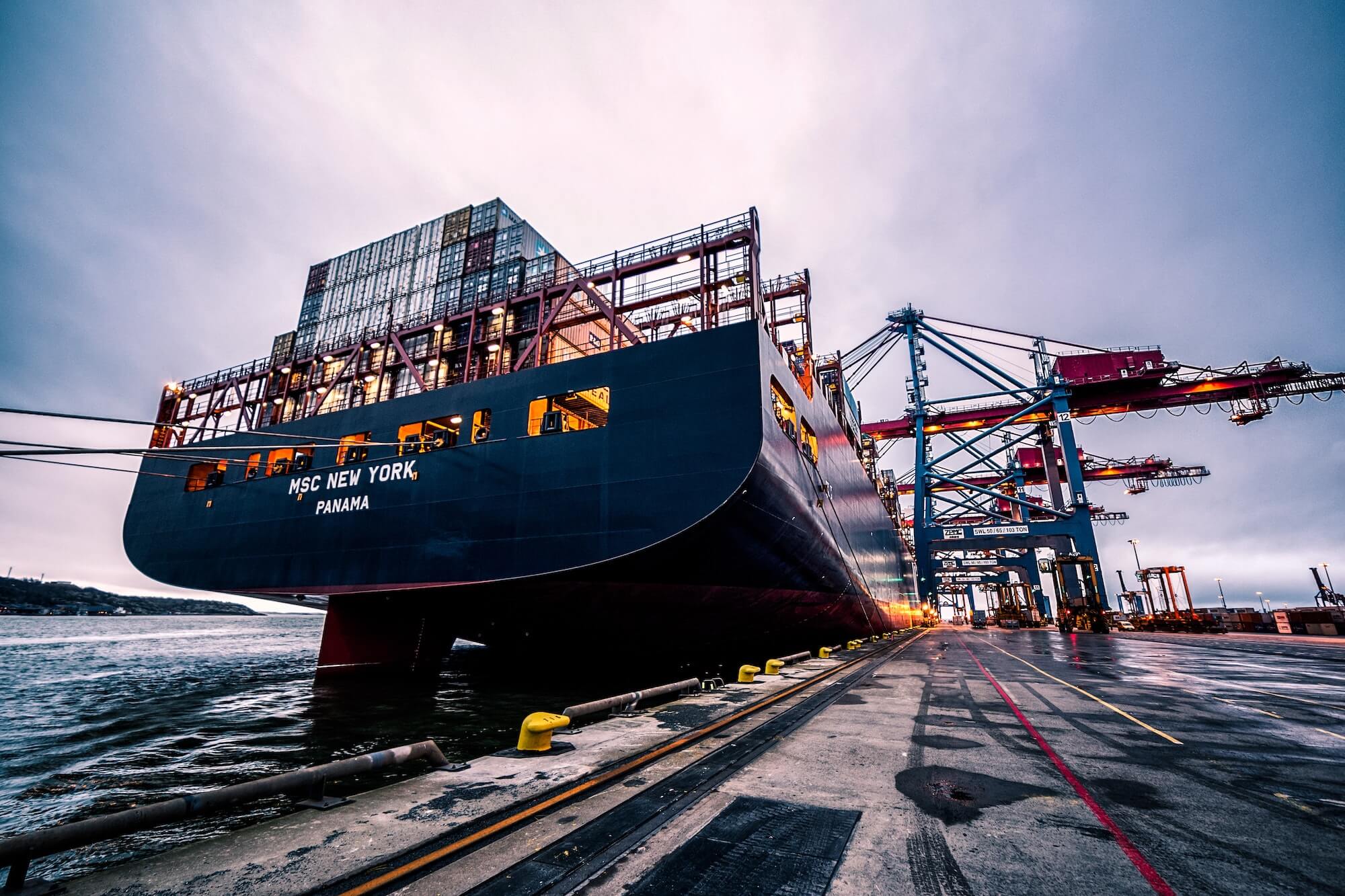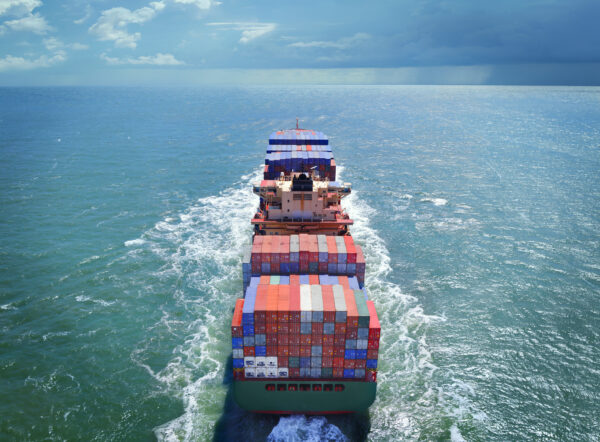Zencargo Transport Update 9th March
Mar 09, 2021
Scroll to find out more
Mar 09, 2021
Scroll to find out more

Ocean freight worldwide continues to be hampered by the uneven distribution of containers at key destinations, with congestion at ports in Europe and the USA. This has continued to sustain high rates, notably for transpacific routes.
Shippers should target longer booking windows to secure available capacity, though rates are likely to remain elevated, possibly through the end of the year as equipment levels stabilise and new containers enter the market.
| Rates | Rates on both coasts remain elevated for spot and long term markets. The Peak Season Surcharge continues in full force due to high demand and major port congestion. |
| Capacity | Currently, 15 blank sailings are scheduled for March, half the number in February, reflecting factories being back to full production in Asia. |
| Ports & Equipment | Illness among the workforce is still impacting efficiency and congestion. There is still no improvement in the US West Coast ports, with over 30 vessels waiting at Los Angeles/Long Beach. Oakland is seeing an increase as well as Savannah. This is exacerbated by the bottlenecks caused by rail terminals, trucks and chassis availability. The difference in productivity between the origins of Asia and the destination of the US is increasing the backlog of cargo waiting to be shipped. |
| Rates | Rates continue to drop despite still being at high levels. Long term contracts are starting to be negotiated but with carriers not open yet to commit to long term rates and offering monthly rates instead. |
| Capacity | Blank sailings forecasted at similar levels to February (around 12%). |
| Equipment | Rotterdam and Antwerp continue to increase their pool of containers. As for the UK the situation has worsened, despite the increase in containers in the market. |
In contrast to the usual annual rate trends, we have seen a much more dynamic market, with changes in the supply/demand ratio being felt acutely. This volatility can be seen when looking at week-by-week changes in pricing, as well as the on the ground difficulties securing space.
With passenger aircraft still grounded, rates will remain high, though they are unlikely to reach the peaks of last year. Offsetting these rate increases will require a careful prioritisation of urgent SKUs combined with an agile approach to modal procurement and managing inventory, balancing availability, urgency and cost.
| US | Air Freight rates are continuing to fall as capacity opens up.
Spot rates are available, especially for dense cargo and space is more available in the market from most origins. |
| EU | Air Freight rates have fallen again this week.
Spot rates are available, especially for dense cargo and space is more available in the market from most origins. |
| UK | Rates have decreased slightly this week, but some origins have remained at a stable level.
Space is available in the market, including spot rates for both dense and volume cargo. |
| US | Ocean disruption is creating more demand for air capacity as the industry heads into peak season, with rates out of China increasing. With both demand and high spot rates assured, airlines are reluctant to offer forwarders fixed price validity for longer than three months. |
| Outbound | Average February prices reached $4.40 per kg compared with $4.28 per kg in January. Against a year ago average rates on the trade lane are up by 70.6%, for similar reasons to US air rates, though EU demand has not returned as strongly as in the US. |
| Availability | Availability for export groupage from UK has improved, along with availability for trucks, though still remains well below pre-Brexit levels. |
| Rates | Ongoing market instability has kept rates high due to an imbalance in trade volumes and disruptions to processes. |
| Customs | Customs clearances are still the main bottleneck in road transportation booking, with clearances taking multiple days. |
The ocean freight market remains severely disrupted, with knock on effects influencing air rates and capacity. Combined with the second quarter peak this could lead to sustained high rates beyond the normal period and across more routes and modes than usual.
The information that is available in the Weekly Market Update comes from a variety of online sources. Click below to learn more about how Zencargo can help make your supply chain your competitive advantage.

In Focus: Tensions in the Middle East continue Over the past week, tensions hav...

In Focus: A market outlook Rolf Habben Jansen, CEO of Hapag Lloyd, anticipates...

In Focus: Carriers announce GRIs in April Following the Chinese New Year holida...